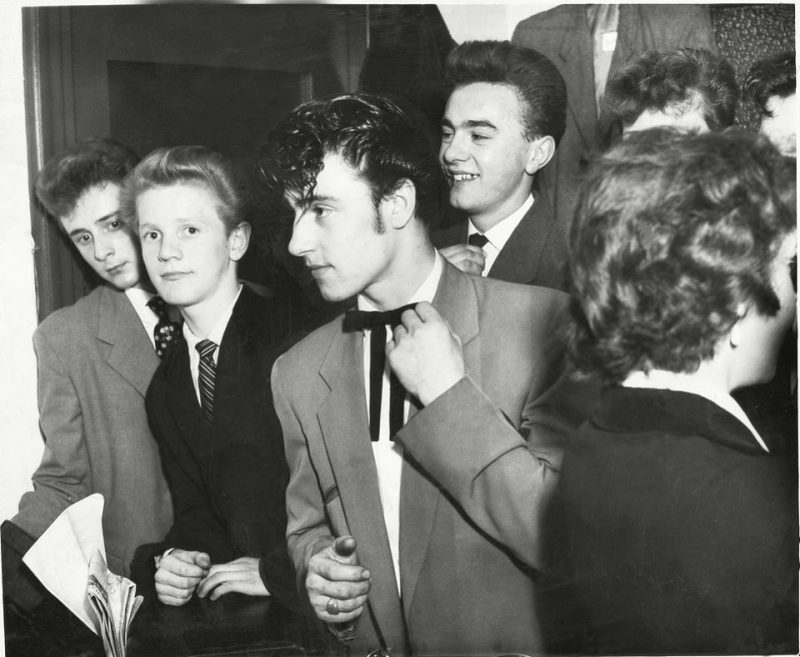The Teddy Boy style swept through Britain in the 1950s, bringing back the Edwardian style of men’s clothing but with a definite twist. Pants were tight, jackets were a bit longer, and socks, often white, peeked out under the ankle length trousers. Vests were worn, sometimes brocade, and a skinny or western style tie topped off the outfit. Brightly polished Oxford or suede “Creeper” shoes, named after a popular dance, rounded out the look. The boys often wore bouffant or slicked hairstyles with elaborate curls in the front, similar to those of a young John Lennon.
“Teddy Boy” came from the classic nickname for “Edwardian” that first appeared in The Daily Express in 1953 and quickly became popular. Often, the early Teddy Boy style was compared to the “zoot suits” worn by Cab Calloway in the 1943 movie Stormy Weather and the outfits of a few other jazz musicians in the 1940s. Some have attributed the Teddy Boy style to the rock & roll that became popular in 1955, but actually, the trend predates that music style by about five years. London’s Saville Row tailors were trying to bring back the Edwardian style of men’s clothing for young businessmen, and the Teddy Boy style became the answer for young, blue-collar working men. Once the new music became popular, it seemed reasonable that the new style and the new music would go hand in hand.
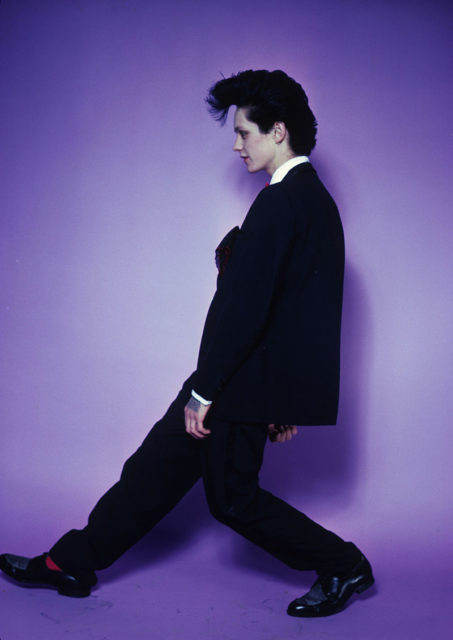
When Bill Haley and the Comets appeared in the movies Rock Around the Clock and Blackboard Jungle, the Teddy Boys had found their anthem. Teenagers danced in the aisles of movie theaters, shocking the staff who attempted to persuade them to sit down. The teens responded by rioting and destroying the interior of the theaters. Screenings across Britain elicited the same behavior, causing the movies to be banned and the press to refer to the teenagers as delinquents.
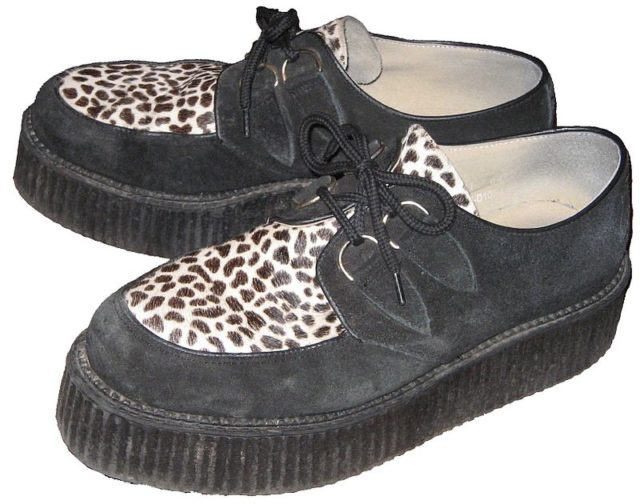
While gang members and violent youths did adopt the Teddy Boy image, it was mostly average British teenagers who wore the popular fashion. But because of the negative press, all Teddy Boys were considered dangerous; dance halls began prohibiting Edwardian and Teddy Boy clothes.
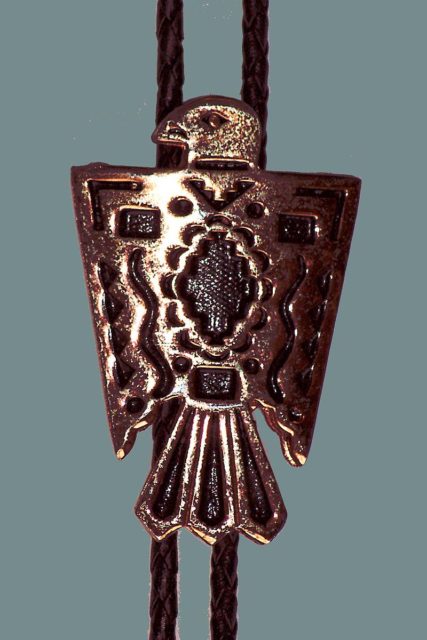
A particular example of this influence was the racial riots of Nottingham at St. Ann’s Well and the London Notting Hill riots that occurred in 1958. Racist and violent youths who had adopted the Teddy Boy style attacked local blacks and Indian immigrants. Having lasted for several days, the riots caused serious injuries and deaths.

In the later 1950s and into the early 1960s, the Teddy Boy style began to wane in popularity, and the new Italian style started to take hold. Shorter jackets in bright colors and looser trouser legs were becoming more popular. Some went the way of motorcycles and leather jackets, made popular by Marlon Brando in the film The Wild One.
In the mid-1960s into the early 1970s, the Mod look took hold in Britain. Boys adopted the collarless suit style made famous by the Beatles, as well as Nehru jackets. The miniskirt and white go-go boots were all the rage for young women. The model Twiggy was imitated in both Britain and the U.S.
There were still die-hard Teds out there who clung to the style and succeeded in making a minor comeback in the late 1970s and mid-1980s with the Rockabilly craze, fueled by former Stray Cats leader Brian Setzer.
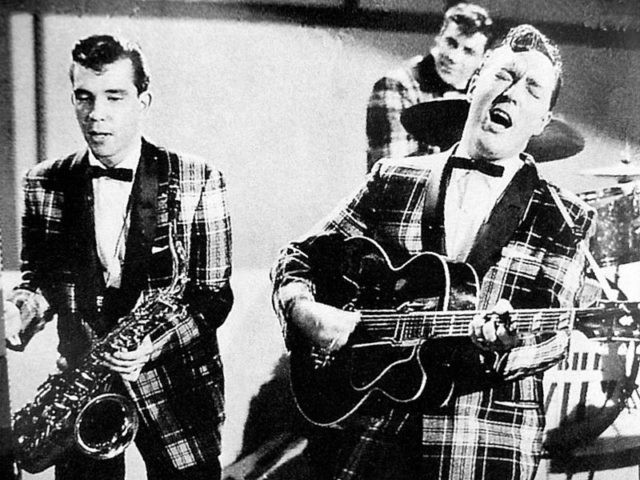
Today there are private organizations that have invitation-only parties for wearing Teddy Boy styles, but, as a whole, the style has faded into history.
As clothing styles come and go, the Teddy Boys may still make another resurgence as the style of the day.
